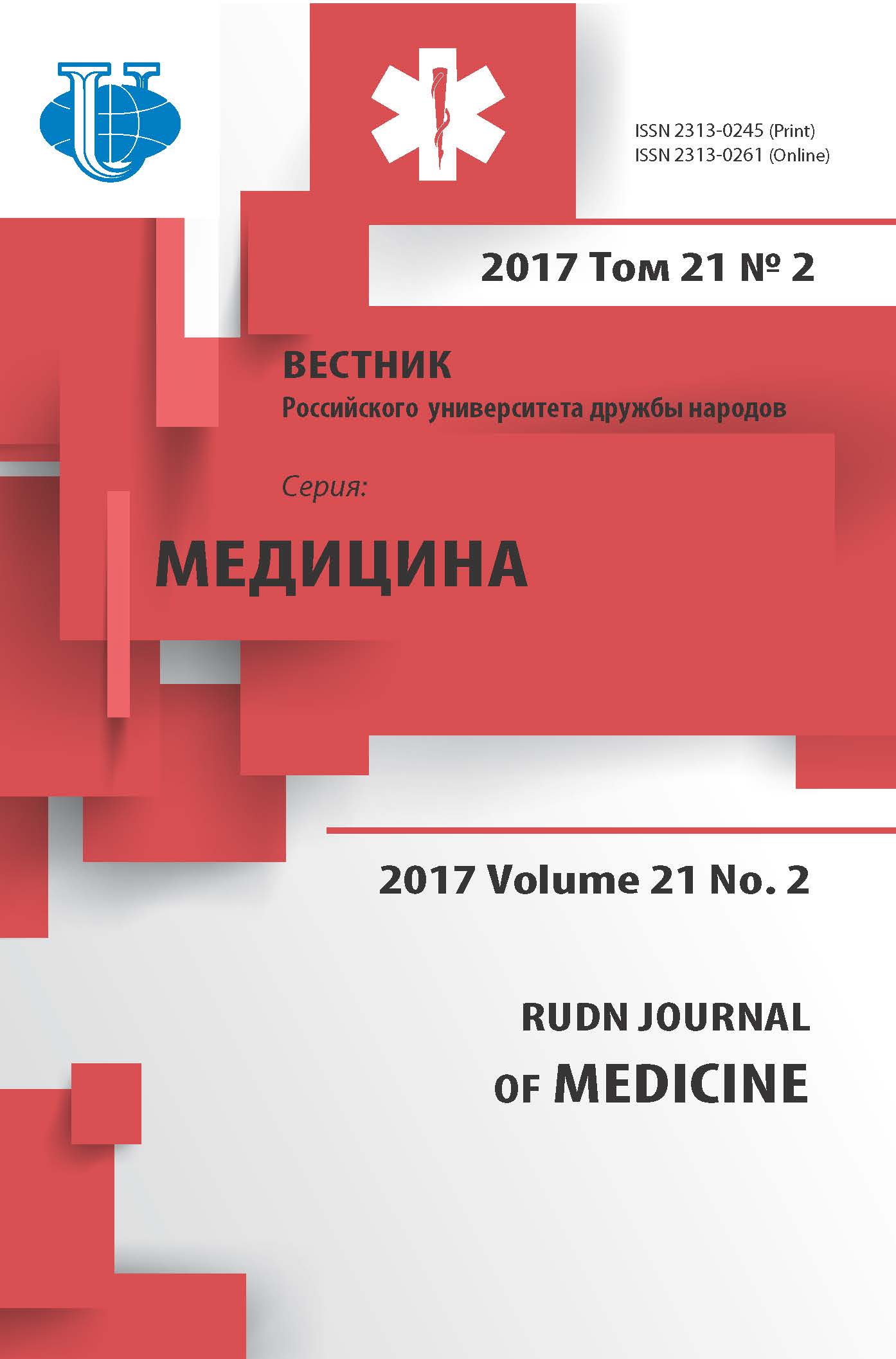EVALUATION OF THE EFFECTIVENESS OF ENDOVASCULAR TREATMENT OF PATIENTS WITH OBLITERATING ATHEROSCLEROSIS OF LOWER LIMB ARTERIES WITH LONG OCCLUSIONS OF THE SUPERFICIAL FEMORAL ARTERY
- Authors: Goloshchapov-Aksenov RS1,2, Shugushev ZK.2,3, Matveev DV1, Maximkin DA2,3, Lakunin KY.1
-
Affiliations:
- Central city clinical hospital of Reutov, Moscow Reg., Russia
- RUDN University, Moscow, Russia
- Central clinical hospital № 2 named after N.A. Semashko Russian Railways, Moscow
- Issue: Vol 21, No 2 (2017)
- Pages: 234-245
- Section: Articles
- URL: https://journals.rudn.ru/medicine/article/view/16644
- DOI: https://doi.org/10.22363/2313-0245-2017-21-2-234-245
Cite item















